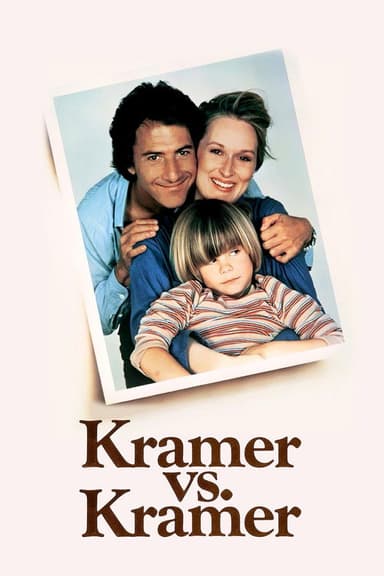
Hannibal
2001 • Crime, Drama, Thriller • R
After having successfully eluded the authorities for years, Hannibal peacefully lives in Italy in disguise as an art scholar. Trouble strikes again when he's discovered leaving a deserving few dead in the process. He returns to America to make contact with now disgraced Agent Clarice Starling, who is suffering the wrath of a malicious FBI rival as well as the media.
Runtime: 2h 11m
Why you should read the novel
Reading Thomas Harris' Hannibal invites you into the complex mindscapes that the movie only skims. The novel’s vivid prose draws you deep into the twisted logic and warped elegance of Hannibal Lecter, making his world simultaneously repellent and fascinating. Through rich inner monologues and intricate psychological detail, the novel provides context and nuance to motivations that film adaptations necessarily rush through or omit entirely.
Harris's storytelling weaves a dense tapestry of suspense, culinary decadence, and dark humor, giving readers more space to savor the chilling evolution of Clarice Starling and to witness Lecter’s chilling intellect in action. Where the film makes compromises for time and audience, the book luxuriates in character, moral ambiguity, and the slow burn of tension, allowing for a far richer engagement with the story’s themes.
By reading the novel, you experience the philosophical musings, historical references, and atmospheric settings Harris is renowned for. The depth and psychological realism of the book immerse you more fully in the world of Lecter and Starling, making every page a feast of horror and intellect no screen could recreate.
Adaptation differences
The film adaptation of Hannibal differs significantly from Thomas Harris’ novel, especially in terms of plot endings and character development. One of the most notable differences is the conclusion: in the book, Clarice Starling succumbs to Lecter's influence, ultimately joining him in exile, whereas the film rewrites this to a more morally upright, though ambiguous, ending for Clarice, avoiding her transformation.
Another major divergence lies in the portrayal of Mason Verger, the deformed antagonist seeking vengeance on Lecter. While the movie presents him as a grotesque, single-minded villain, the novel elaborates on his sadism, perverse manipulations, and complex relationship with his sister Margot, whose entire subplot is omitted in the film. Margot's presence in the novel not only humanizes her but also intensifies the themes of abuse and vengeance absent from the screen version.
The film significantly downplays the psychological and sexual tension between Lecter and Starling, opting instead for visual spectacle and pacing. Harris’ novel explores their evolving relationship in intricate psychological detail, plumbing the depths of Starling’s trauma and Lecter's fascination with her intellect and vulnerability. This nuanced interplay is reduced or sanitized in the adaptation, altering the emotional impact of their encounters.
A final key difference is the overall tone and mood: the book is slower, denser, and more philosophical, with chapters devoted to history, art, and Lecter’s taste for the baroque. The adaptation streamlines the narrative for mainstream appeal, sacrificing world-building and psychological depth for pace and visual style. As a result, many thematic undercurrents—such as the corrupting nature of power and the ambiguity of morality—are left unexplored in the film.
Hannibal inspired from
Hannibal
by Thomas Harris










